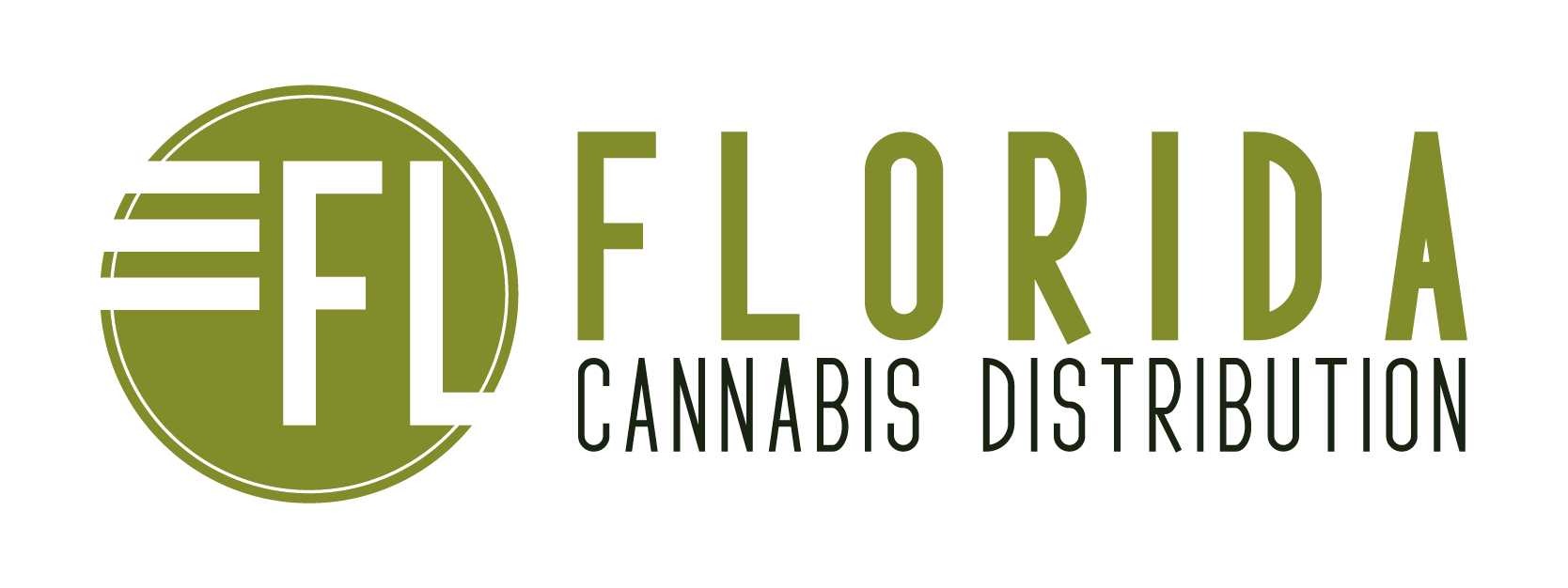Market Snapshot and Category Shifts
Florida’s cannabis distributors are navigating a dynamic medical program on the threshold of adult-use transformation. While dispensary numbers have surged—growing by over 13% from 628 to 713 in one year—registered medical patients remain the anchor, fueling unit volume even as revenue growth stalls. Notably, distributors report a 15% uptick in THC-product units sold year-over-year, led by a 19.1% increase in smokable flower units.
This divergence—unit volume growth outpacing revenue—suggests a consumer shift towards cheaper segments or lower pack sizes. It also reflects heightened accessibility: as more dispensaries open, price-sensitive, new-to-market patients are driving volume.
Flower Still Dominates, But Alternatives Gain Share
Flower remains king for distributors: smoked flower accounts for roughly 46% of total milligrams sold, with major operators like Trulieve commanding about 46% share, followed by Curaleaf at approximately 9% and MÜV around 8.5%. Such dominance reinforces flower’s role in the core market.
However, concentrates are on the rise: Trulieve projects nearly equal revenues from concentrates (about $782 million) as from flower (about $908 million) during the first year of potential adult-use sales. This signals distributors are strengthening supply relationships with processors of vape cartridges, dabs, and resin.
Meanwhile, edibles and ingestibles, once a small niche, are seeing steady growth. With 12% of Florida consumers identifying as first-time users—“new users” generally lean toward gummies or chocolates, though 44% still prefer flower—distributors are increasingly stocking these accessible formats.
New Consumer Cohorts & Impacts on Product Loops
Florida’s unique demographics—an older-skewing patient base of boomers alongside 18% of Gen Z newcomers—creates dual demand drivers. Older users often stick with traditional preparations (flower, tinctures), whereas Gen Z newcomers experiment more with edibles and pre-rolls.
Distributors note that this split leads to multi-format purchasing patterns: a new patient might buy a vape pen for convenience, then add pre-rolls or gummies. This pattern boosts total unit sales but constricts spend per product, contributing to revenue stagnation.
Prepping for Adult‑Use Transformation
With adult-use legalization expected to pass and spurred by projected 2–2.4X sales growth—based on comparisons to Maryland—and forecasts placing Florida behind only California by 2028, distributors are preparing. They’re expanding SKU counts for concentrates and edibles, deepening relationships with processors, and building inventory capabilities to meet anticipated droughts in supply post-transition.
Major MSOs like Trulieve and Curaleaf are projected to generate $1.69 billion and $651 million in the first year, with concentrates overtaking flower share growth for some distributors.
Broader Market Signals
These product trend signals tell a multi-layered story:
- Product diversification: Florida is shifting from flower-centric to a multi-format ecosystem including high-margin concentrates and edibles.
- Patient accessibility: Rising unit volumes with price sensitivity imply a push to affordability across formats.
- Preparation for adult-use: Distributors are building capacity now—anticipating higher volume, new consumer behaviours, and national-scale category shifts.
- Investor and regulatory dynamics: Flattening revenue before legalization may influence policy and investment decisions, showing markets ready but currently capped by medical-only constraints.

